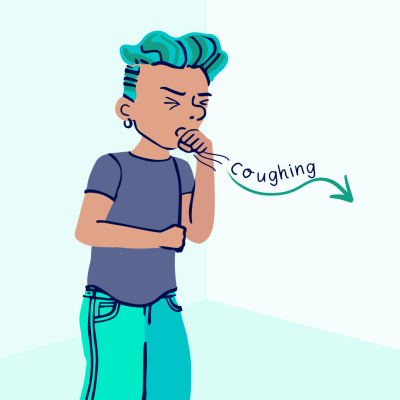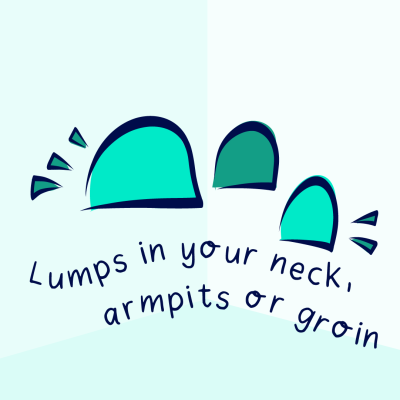Non-Hodgkin lymphoma
Find out about non-Hodgkin lymphoma symptoms, how it’s diagnosed and how it’s treated.
- Non-Hodgkin lymphoma is caused by white blood cells in your body not working properly, allowing tumours to grow around glands and other parts of the lymphatic system
- The most common symptom is a painless lump in your neck, armpits or groin
- It is diagnosed through a biopsy
- Chemotherapy is the most common treatment, with radiotherapy sometimes being offered too.
What is non-Hodgkin lymphoma?
Lymphomas are types of blood cancers that start in the lymphatic system – a network of glands and thin tubes that run through your body.
Lymphomas are among the most common cancers in 13-24 year-olds. There are two main types of lymphoma: Hodgkin lymphoma and non-Hodgkin lymphoma (NHL). Within these, there are lots of subtypes. It’s important to know the specific sub type of lymphoma that you have.
If you have non-Hodgkin lymphoma, certain types of white blood cells in your lymphatic system stop working properly.
The cells multiply and collect around glands and other parts of the lymphatic system, causing tumours to grow.
What are the symptoms of Non-Hodgkin lymphoma?
The most common symptom of non-Hodgkin lymphoma is a painless lump in your neck, armpits or groin.
Other non-Hodgkin lymphoma symptoms could include:
- Drenching sweats, especially at night
- A high temperature
- Losing weight
- Fatigue – extreme tiredness that doesn’t get better when you rest
- Feeling itchy a lot of the time
- Coughing
- Breathlessness
- Picking up infections more easily and finding them harder to get rid of
You might sometimes hear a high temperature, weight loss and night sweats called ‘B symptoms’.
Having these symptoms doesn’t mean you definitely have cancer. However if you’re worried about any of these things you should speak to your GP.
Non-Hodgkin lymphoma symptoms could include:

Sweating at night

A high temperature

Losing weight without trying to

Feeling tired a lot of the time

feeling itchy a lot of the time

Coughing

Breathlessness
How is non-Hodgkin lymphoma diagnosed?
The only way to diagnose non-Hodgkin lymphoma is by doing a biopsy. This involves giving you a local anaesthetic (where the area is made numb), taking cells from the tumour using a needle using an ultrasound scan as a guide, and examining the cells under a microscope for signs of cancer.
You can find out more about biopsies in our Getting diagnosed section.
How do you treat Non-Hodgkin-lymphoma?
Treatments could include chemotherapy, steroids, targeted therapies, radiotherapy or a stem cell transplant.
The exact treatment you’ll be given depends on the type of non-Hodgkin lymphoma you have, and what stage it’s at.
You can find a lot more information about the different types of lymphoma on the Lyphoma Action website and the Blood Cancer UK website.
This page was reviewed in 2024. It will reviewed again in 2027.


